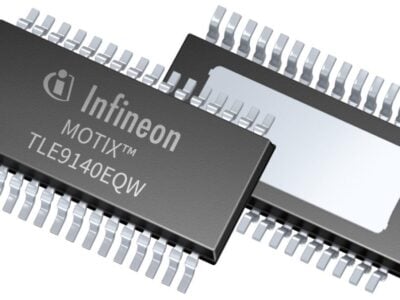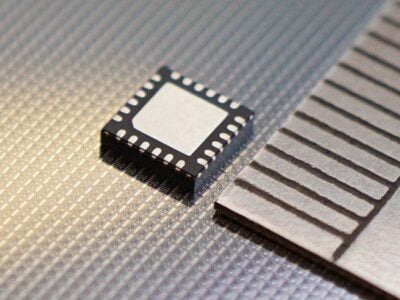
IP enables noise-resilient audio CODEC for automotive infotainment SoCs
A tier-one automotive Original Equipment Manufacturer (OEM) has partnered with Dolphin Integration by approving the performance and configuration of this audio CODEC according to automotive application requirements and by purchasing the infotainment module with this audio IP embedded inside.
Alongside the automotive AEC-Q100 standard requiring high operating temperature range, the major automotive application concern is the noisy ground. In order to overcome this issue, sCODS100-N.11-Xenon embeds a common-mode noise-resilient preamplifier in the ADC path and provides a unique “Common Mode Noise Tolerance Template (CMNT2)” specifying the tolerated noise beyond audio bandwidth. Further information on the common-mode management technique, is available in a technical article published by Dolphin Integration.
A second innovation is that an inter voltage-domain isolation-system enables independent start-up and power-down of analogue and logic power supplies of the CODEC, with control signal connected to SoC’s Activity Control Unit (ACU) for ensuring safe behaviour of the IP during power-on and power-off sequences.
The codec features:
- Two stereo ADCs with four stereo single-ended or differential inputs for line-in or mic-in application, and two stereo digital microphone inputs;
- Three stereo DACs with three stereo singled-ended line outputs for 5.1 in-car sound system;
- Automatic Gain control (AGC) on the recording path preventing from saturation of audio signals;
- Automatic Fs synchronisation system with an Audio Data Adaptive Synchroniser (ADAS) for both ADC and DAC;
- Jerk-less solution ensuring the best resilience to Fs frequency shift on audio data path;
- PLL-less solution for eliminating jittered PLL with direct fixed main clock support;
- Low noise regulator for highest resilience against power supply noise;
- Pop-up Noise (PuN) reduction circuitry for line-out.
Specifications include:
For line/mic in to ADC path:
- CMRR (@ a frequency from 20 to 20 kHz): 85 dB (minimum);
- SNR (A-weighted): 90 dB (typical) / 85 dB (minimum);
- THD+N (@ FS-1 dB): -80 dB (typical) / -75 dB (maximum);
- PSRR (@ 1 kHz): 90 dB (typical).
For DAC to line-out (with 3 kOhm load minimum) path:
- SNR (A-weighted): 100 dB (typical) / 96 dB (minimum);
- THD+N (@ FS-1 dB): -90 dB (typical) / – 85 dB (maximum);
- PuN: – 60 dBVp (typical);
- PSRR (@ 1 kHz): 90 dB (typical).
The Codec is available at TSMC at 40 nm, but can be retargeted from 90 nm to 28 nm at both TSMC and SMIC.
Dolphin Integration; www.dolphin.fr/index.php/silicon_ip/ip_products/description/sCODS100-N.11-Xenon.TSMC.40
 If you enjoyed this article, you will like the following ones: don't miss them by subscribing to :
eeNews on Google News
If you enjoyed this article, you will like the following ones: don't miss them by subscribing to :
eeNews on Google News



